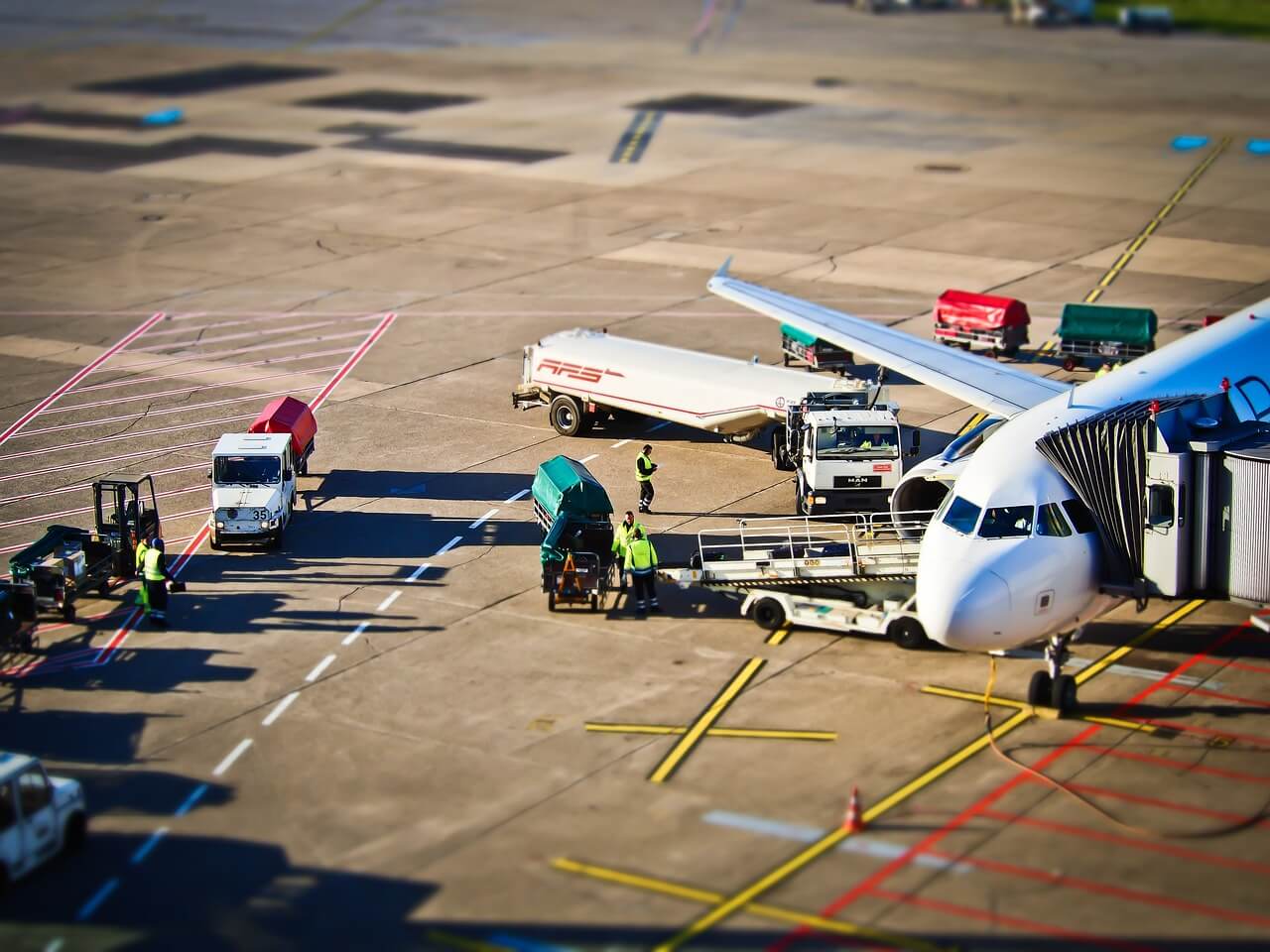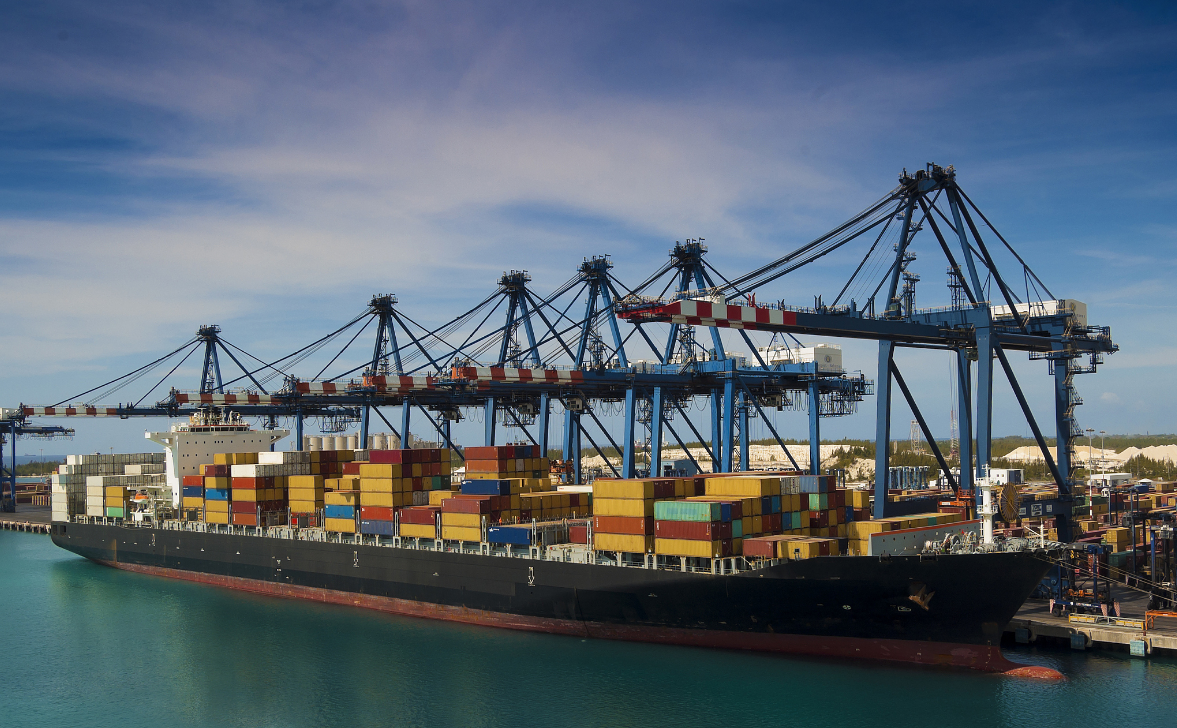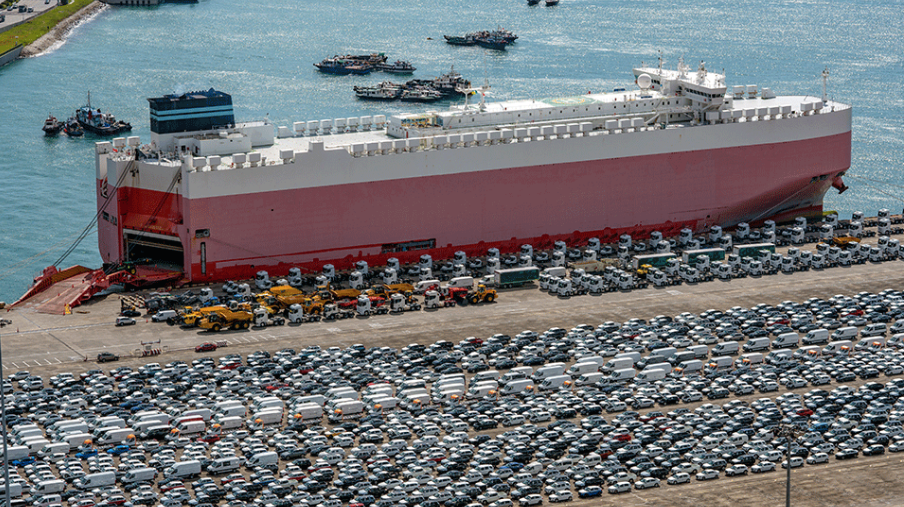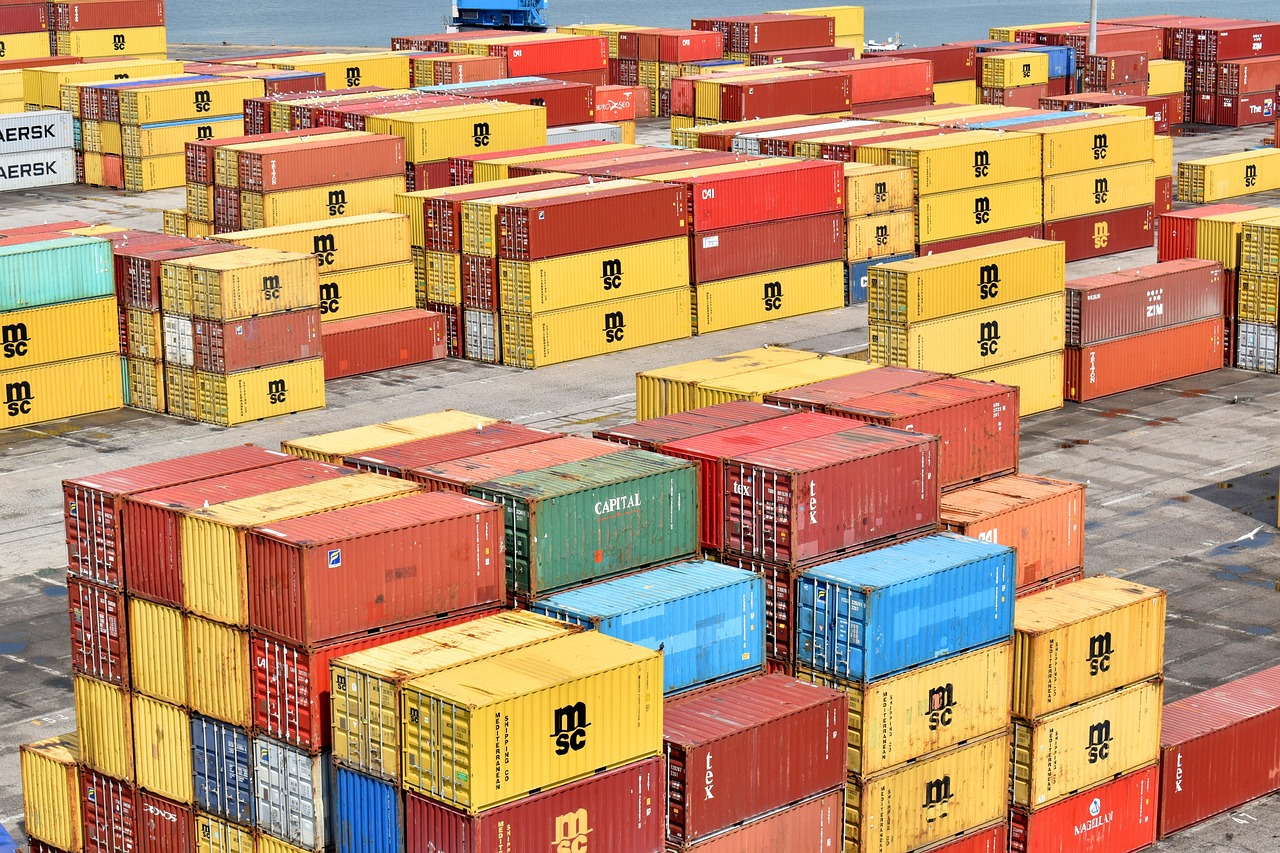
15
May
How to plan efficient freight shipping from China to the United Arab Emirates?
**Planned Effective Cargo Transportation from China to UAE**
1. **Introduction**:
China and the United Arab Emirates (UAE) are two major economic powers in Asia and the Middle East respectively, with significant trade opportunities. Efficient cargo transportation between the two nations is crucial for economic growth and business success.
2. **Market Analysis**:
Before planning the cargo transportation, it is essential to analyze the trade patterns, demand for goods, shipping routes, and any potential regulations or tariffs that may affect the flow of goods.
3. **Identifying Routes**:
The most common routes for shipping between China and UAE are through ports like Shanghai and Shenzhen in China to Dubai in UAE. Considerations should be given to other ports based on the volume of trade and frequency of shipments.
4. **Modes of Transportation**:
Choose the most suitable mode of transportation based on the type of goods, cost, speed, and reliability. Options include air freight, sea freight, and land transport via road or railway.
5. **Optimization**:
Focus on optimizing the supply chain by reducing transit times, minimizing risks of damage or loss during transit, and optimizing costs. Utilize technology like advanced tracking systems and logistics software to improve efficiency.
6. **Compliance and Regulations**:
Ensure all cargo complies with UAE customs regulations and other international shipping regulations. Identify any necessary licenses or certificates required for specific goods and prepare for any changes in policy that might affect future shipments.
7. **Enhancing Capacity and Infrastructure**:
Invest in modern infrastructure like better container terminals, stronger shipping containers, and reliable logistics partners to handle the volume of goods efficiently. Also, explore potential upgrades to the current transportation routes to enhance speed and reliability.
8. **Risk Management**:
Identify potential risks like weather conditions, political instability, and market fluctuations that could affect the cargo transportation. Implement risk mitigation strategies to minimize any potential losses.
9. **Working with Logistics Providers**:
Collaborate with reliable logistics providers that have experience in shipping between China and UAE. This ensures a smooth flow of goods with minimal delays or complications.
10. **Sustainability Considerations**:
Take into account sustainability considerations like greenhouse gas emissions during transportation, recyclability of packaging materials, and any potential environmental impact assessments for certain commodities being transported.
Conclusion:
Efficient cargo transportation from China to UAE requires a comprehensive plan that considers various factors like routes, mode of transportation, compliance regulations, infrastructure, risks, and sustainability considerations. By carefully planning and executing these strategies, businesses can ensure smooth operations and maximize efficiency in shipping goods between these two economic powerhouses.
1. **Introduction**:
China and the United Arab Emirates (UAE) are two major economic powers in Asia and the Middle East respectively, with significant trade opportunities. Efficient cargo transportation between the two nations is crucial for economic growth and business success.
2. **Market Analysis**:
Before planning the cargo transportation, it is essential to analyze the trade patterns, demand for goods, shipping routes, and any potential regulations or tariffs that may affect the flow of goods.
3. **Identifying Routes**:
The most common routes for shipping between China and UAE are through ports like Shanghai and Shenzhen in China to Dubai in UAE. Considerations should be given to other ports based on the volume of trade and frequency of shipments.
4. **Modes of Transportation**:
Choose the most suitable mode of transportation based on the type of goods, cost, speed, and reliability. Options include air freight, sea freight, and land transport via road or railway.
5. **Optimization**:
Focus on optimizing the supply chain by reducing transit times, minimizing risks of damage or loss during transit, and optimizing costs. Utilize technology like advanced tracking systems and logistics software to improve efficiency.
6. **Compliance and Regulations**:
Ensure all cargo complies with UAE customs regulations and other international shipping regulations. Identify any necessary licenses or certificates required for specific goods and prepare for any changes in policy that might affect future shipments.
7. **Enhancing Capacity and Infrastructure**:
Invest in modern infrastructure like better container terminals, stronger shipping containers, and reliable logistics partners to handle the volume of goods efficiently. Also, explore potential upgrades to the current transportation routes to enhance speed and reliability.
8. **Risk Management**:
Identify potential risks like weather conditions, political instability, and market fluctuations that could affect the cargo transportation. Implement risk mitigation strategies to minimize any potential losses.
9. **Working with Logistics Providers**:
Collaborate with reliable logistics providers that have experience in shipping between China and UAE. This ensures a smooth flow of goods with minimal delays or complications.
10. **Sustainability Considerations**:
Take into account sustainability considerations like greenhouse gas emissions during transportation, recyclability of packaging materials, and any potential environmental impact assessments for certain commodities being transported.
Conclusion:
Efficient cargo transportation from China to UAE requires a comprehensive plan that considers various factors like routes, mode of transportation, compliance regulations, infrastructure, risks, and sustainability considerations. By carefully planning and executing these strategies, businesses can ensure smooth operations and maximize efficiency in shipping goods between these two economic powerhouses.
LEAVE YOUR COMMENT
categories
recentpost
-
 What are the shipping options from China to USA?Jun 24,2025
What are the shipping options from China to USA?Jun 24,2025 -
 Shipping Costs from China to IsraelJun 23,2025
Shipping Costs from China to IsraelJun 23,2025 -
 Door to door or DDP shipping from China to Mombasa, KenyaJun 20,2025
Door to door or DDP shipping from China to Mombasa, KenyaJun 20,2025 -
 Shipping Cars from China by RoRo Ship Freight ForwarderJun 19,2025
Shipping Cars from China by RoRo Ship Freight ForwarderJun 19,2025 -
 The Differences of LCL Shipping & FCL Shipping Service and How to ChooseJun 18,2025
The Differences of LCL Shipping & FCL Shipping Service and How to ChooseJun 18,2025 -
 China to Saudi Arabia Logistics GuideJun 17,2025
China to Saudi Arabia Logistics GuideJun 17,2025
Online Service

